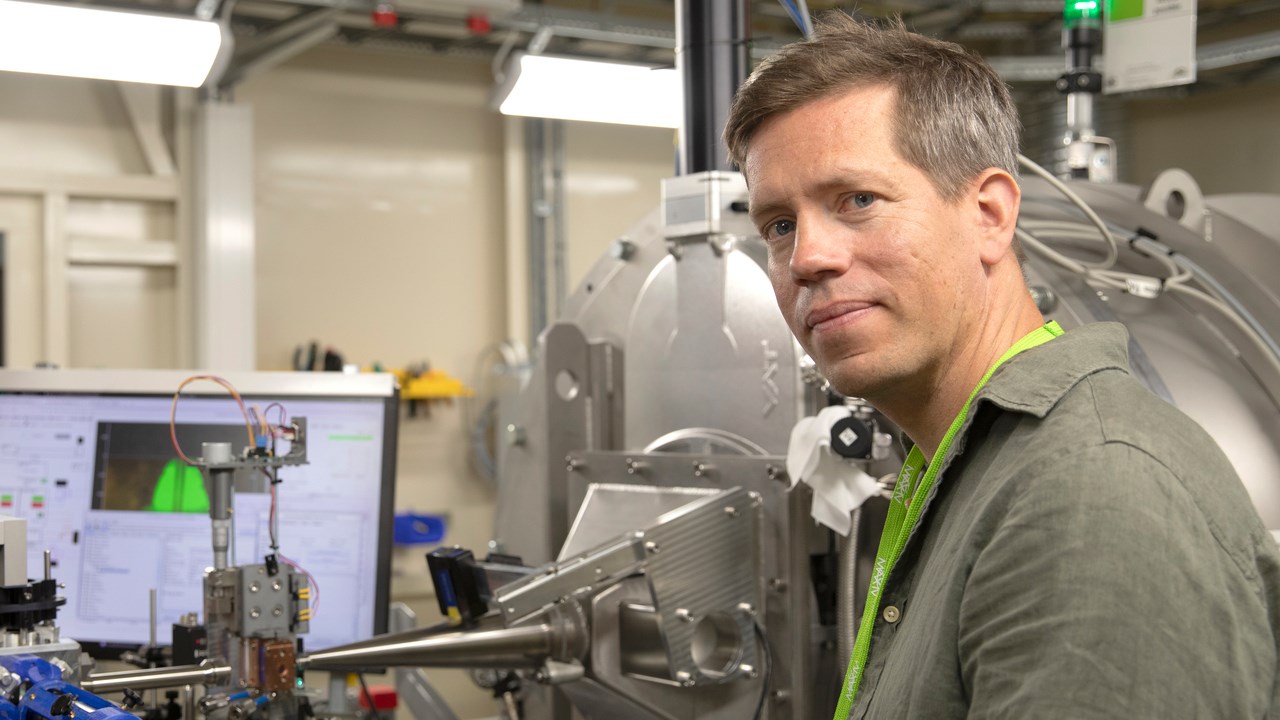About the scientific article
Konstantinos Magkakis, Fredrik Orädd, Byungnam Ahn, Vanessa Da Silva, Roberto Appio, Tomás S. Plivelic, Magnus Andersson. Real-time structural characterization of protein response to a caged compound by fast detector readout and high-brilliance synchrotron radiation. Structure, 2024. DOI: 10.1016/j.str.2024.05.015.



